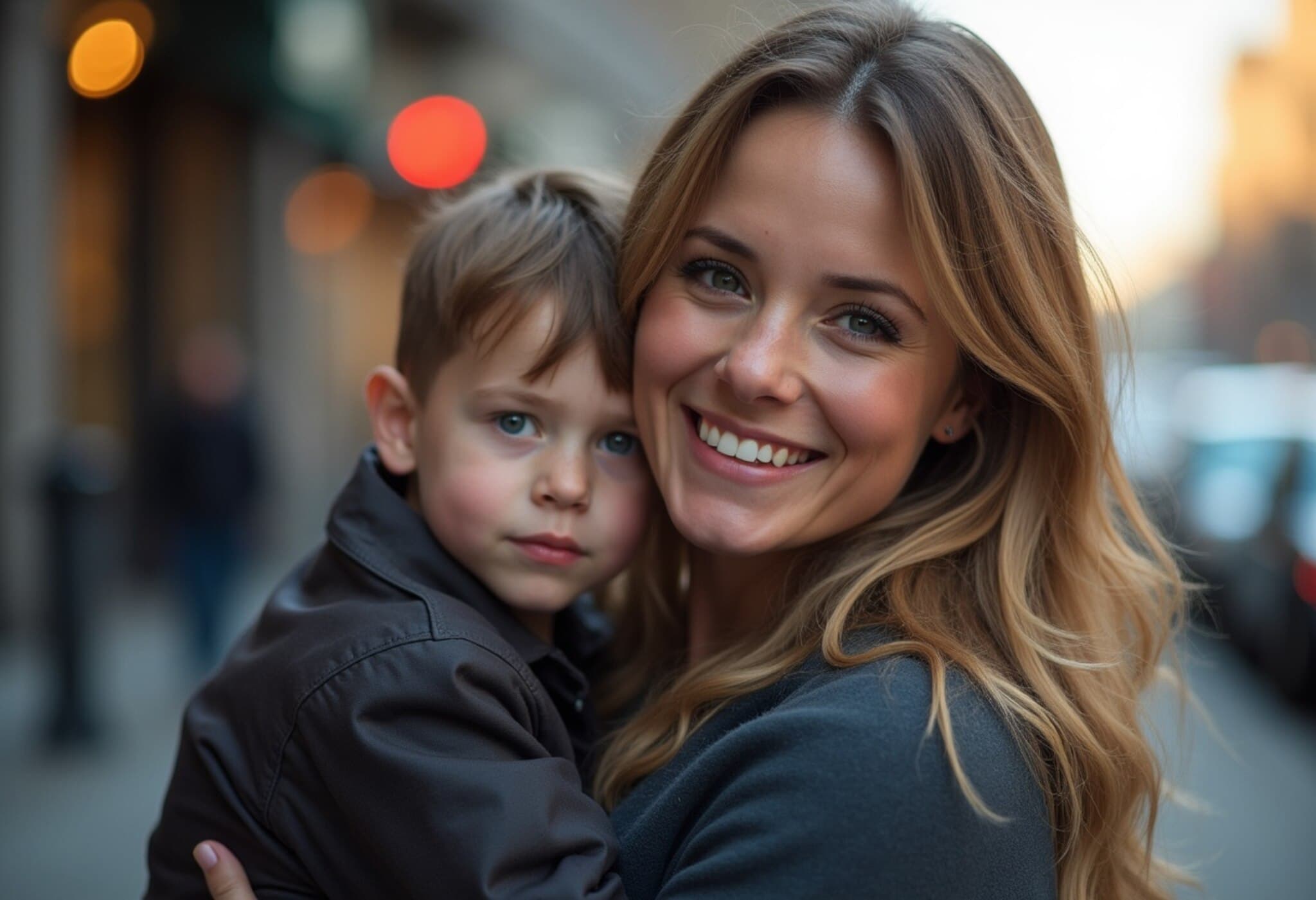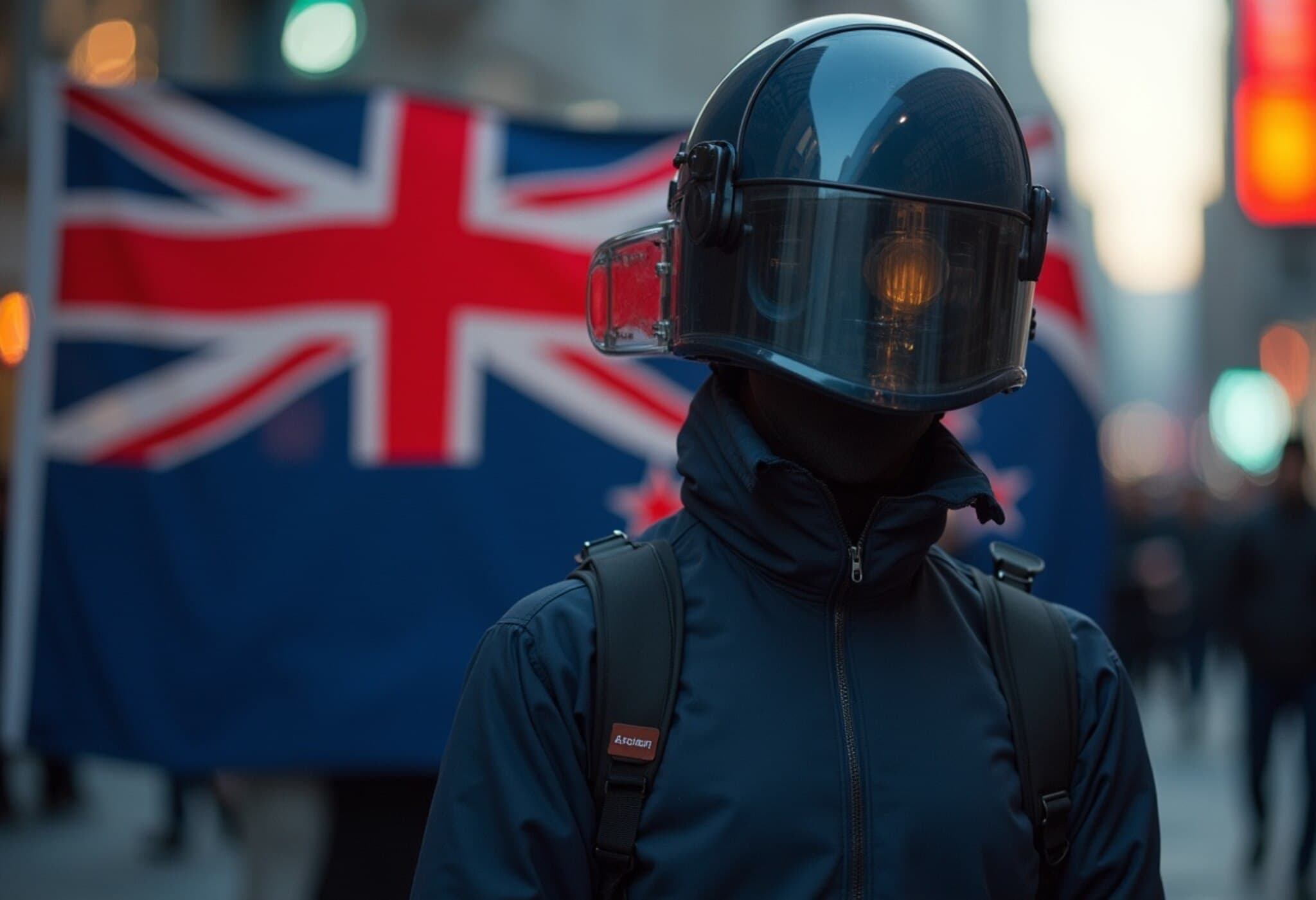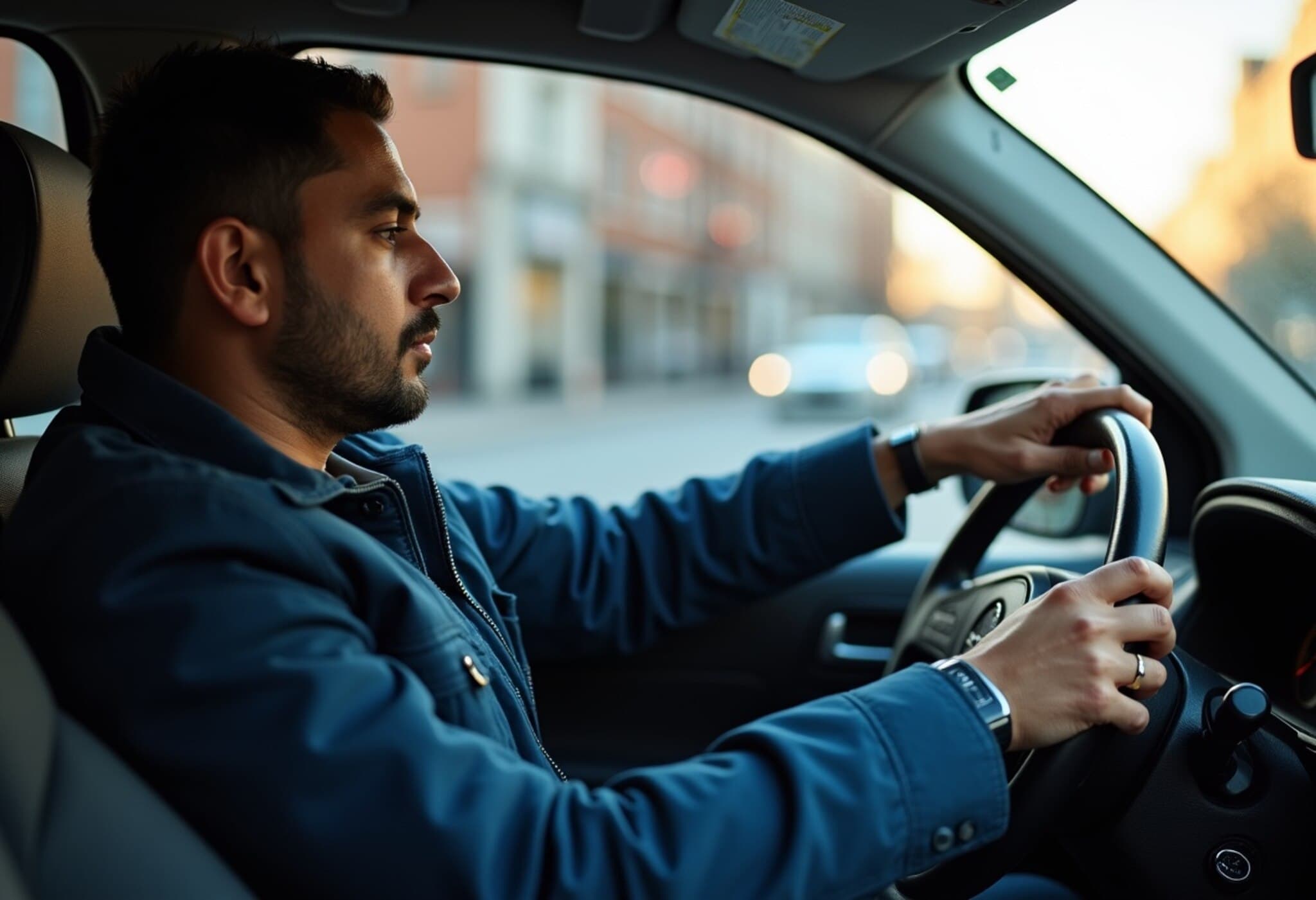Toddler Discovered Inside Suitcase on NZ Bus Highlights Urgent Child Protection Issues
A harrowing incident unfolded recently on an InterCity bus in New Zealand when a two-year-old girl was found hidden inside a suitcase stored in the bus’s luggage compartment. The discovery, made during a routine stop in Kaiwaka, north of Auckland, has raised urgent questions about child welfare and transportation safety standards.
How the Child Was Found
The bus driver first noticed unusual movement coming from the luggage compartment shortly after the scheduled stop at approximately 12:50pm. Acting swiftly, he opened the suitcase and found the toddler, clad only in a nappy, in a state of distress and overheating. Fortunately, the young child appeared physically unharmed at the time but was immediately taken to hospital for a thorough medical examination and observation.
Detective Inspector Simon Harrison described the driver’s vigilance as crucial to ensuring the child’s safety, emphasizing that without his intervention, the outcome could have been far worse.
Legal and Welfare Follow-Up
Following the discovery, police detained a 27-year-old woman connected to the incident. She is scheduled to appear in Auckland’s North Shore Court facing charges of ill-treatment and neglect of a child. While the case remains under active investigation, authorities have not ruled out the possibility of additional charges.
Oranga Tamariki, the New Zealand Ministry for Children, has also been notified to provide ongoing care and support for the toddler, underscoring the coordinated response between law enforcement and child protection agencies.
Broader Implications: Public Safety and Child Transportation Policies
This troubling case shines a spotlight on broader systemic issues. InterCity has confirmed that children under two travel free on their buses, but the fact that a toddler was hidden in luggage raises serious questions about supervision, the responsibilities of guardians while traveling, and the security protocols in place on public transport.
- Transportation Safety: How are public transportation companies ensuring the safe carriage of vulnerable passengers, especially young children?
- Legal Protections: What measures exist—both legally and practically—to prevent child endangerment during transit?
- Community Awareness: How can the public be better educated on recognizing and reporting signs of child neglect or abuse?
Expert Commentary: What This Means for New Zealand
Experts in child welfare stress that this incident should serve as a wake-up call to communities and policymakers alike. Social workers note that cases of child neglect often go unnoticed until a crisis emerges. Dr. Amelia Harding, a child protection specialist, remarks, “This event underscores the critical need for better public awareness and more robust checks within travel environments. Children cannot advocate for themselves, so adults must be vigilant.”
In the American context, parallels can be drawn with child protection laws that mandate caregivers’ responsibilities during travel and criminalize neglect in transportation settings. New Zealand may consider similar legislative reviews to strengthen protections.
Looking Ahead: What Can Be Done?
While the immediate priority remains the toddler’s recovery and legal proceedings, stakeholders are calling for systemic improvements:
- Enhanced training for bus staff to recognize potential child endangerment scenarios.
- Clearer protocols for the transportation of minors, especially unattended children.
- Community campaigns aimed at educating parents and guardians about safe travel practices.
InterCity has resumed normal service and refrained from detailed comments pending the investigation, reiterating their commitment to passenger safety.
Editor’s Note
This deeply unsettling incident serves as a stark reminder of the vulnerabilities children face, even in everyday situations like public transport. It invites all of us to consider not only how systems protect minors but also our roles as community members in safeguarding those who cannot protect themselves. As investigations continue, the pressing question remains: what safeguards can be implemented to ensure this never happens again?



















